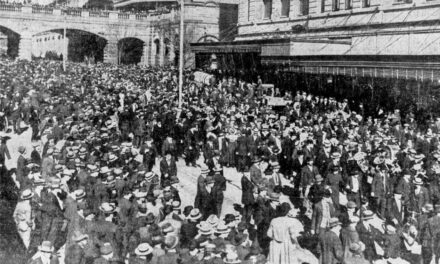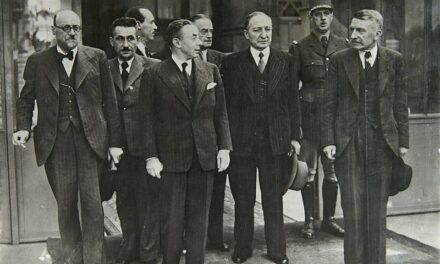Reading time: 7 minutes
Rome.
The capital city of modern day Italy, and one of the most famous, successful and longest-lasting empires to ever exist on planet Earth.
The Romans, both in the eras of the Roman Republic and the Empire, had a knack for stealing, adapting, and improving upon technologies, tactics, and ideas they encountered from other cultures – often those they fought, ranging from the Etruscans to the Greeks and Persians.
By establishing a far-reaching, long-lasting, and (relatively) stable empire, Europe under Roman domination saw many advancements in technology. Some of these advancements simply saw the Romans spread existing infrastructure and technology much more broadly across Europe, however, there are many cases where the Romans clearly developed exciting and new technologies.
Here is how the Romans managed to become masters of technological development at scale, not just in principle, and some of the greatest, most useful and most critical technologies invented or advanced by the Romans.
The Three Pillars to Technological Development
The Roman Empire spanned roughly 500 years, from 27 BC to 476 AD, though both before and after similar “Roman” governments existed, with the Roman Republic expanding from a small city in modern day Italy to the ruler of the Mediterranean between 260 BCE and 27 BCE, and the Eastern Roman Empire (also known as the Byzantine Empire) lasting all the way from 476 CE to 1453 CE.
All put together, that’s nearly 2000 years of significant Roman influence.
With the Roman Empire alone lasting half a Century, Europe saw a significant era of relative peace and stability within the Empire’s borders, contributing to an environment conducive to technological development on a large scale. The second element was Roman bureaucracy – factors such as Roman taxes, coinage, and its military system facilitated the building of infrastructure across all areas of the Empire, not just the capital itself.
Finally, Rome’s ability to imitate, adapt, and develop ideas from all areas, whether it be military doctrine, culture, religion, or indeed technology allowed it to implement and distribute technologies on a huge scale, leading to more possibilities for iteration and innovation.
Five of Rome’s Greatest Individual Technological Developments
While across its long history, many different inventions and technologies were created or improved upon, here are just five of the most critical or impressive.
Infamous Roman Concrete
Contrary to popular public belief, concrete was not a Roman invention – many civilisations from India to Egypt had already developed forms of concrete well before Roman civilisation arose. Rather, it was the Romans’ extensive use of concrete across their Empire for various projects, alongside their development of “self-healing” concrete, that truly makes it remarkable.
The secret? Volcanos.
By adding volcanic ash (mostly from Mount Vesuvius) known as pozzolan, the Romans were able to create a hydraulic cement that could set underwater. Even better, the concrete would form pockets that would react and reform upon contact with water, allowing it to “self-heal” when cracks appeared and rain fell in.

Unlike modern Portland cement, which deteriorates in seawater, Roman concrete thrived in marine environments, making it ideal for constructing ports and breakwaters.
The Way of Water – Aqueduct Evolution
Built on the back of concrete developments, the Romans also revolutionised the aqueduct, making it a central construction project for any major metropolitan area in the Empire.
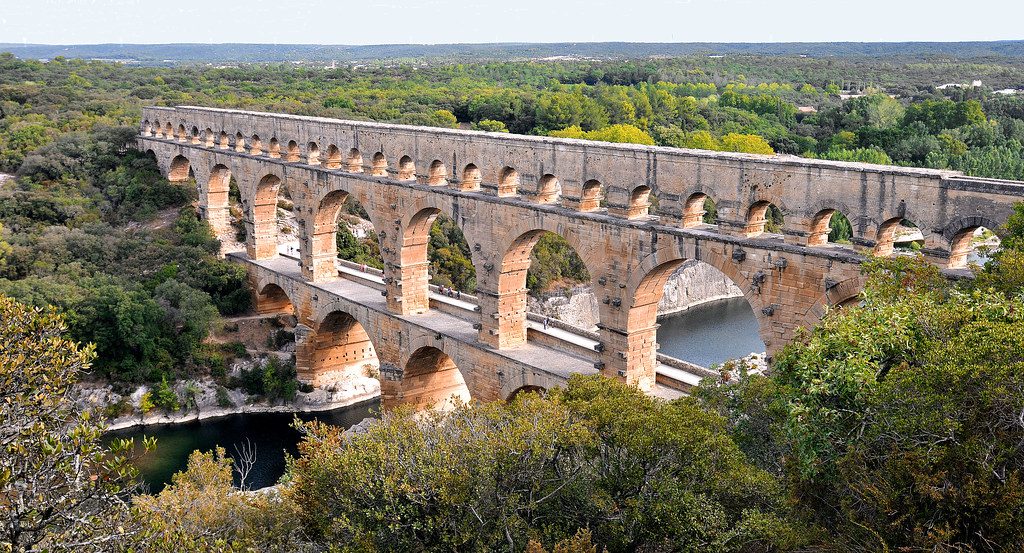
The first aqueducts in history are truly ancient, stretching back to 7th Century BC Armenian and Assyrian civilisations; however, most of these ran underground to protect against the elements. While the Romans also preferred to run their aqueducts underground, there were times this simply wasn’t practical.
Enter: the iconic Roman overground aqueducts.
The Romans’ use and application of mathematics and arch technology allowed them to build great standing and lasting aqueducts high above the ground, helping to maintain sufficient water gradients from water sources. Engineering techniques such as the corbel, metal tie bar and lintel arch were all created by Romans to further aqueduct construction.
The Tiny Evolution of Force Pumps
Once again, the original technology was not Roman. However, the Roman use of wooden, rather than bronze force pumps, which was used to lift water from depth for mining, wells and other applications, made the technology much cheaper and more accessible.
While this may seem a minor advancement, think for a moment about computers. Computers have been around since WW2, yet for decades they required huge amounts of space and vast, expensive resources. It was the technological development of making them smaller and cheaper that has completely transformed the modern world, from laptops and phones to smart cars and even smart fridges.
This allowed much more extensive mining operations and pumping of water across the empire, greatly advancing civilisation.
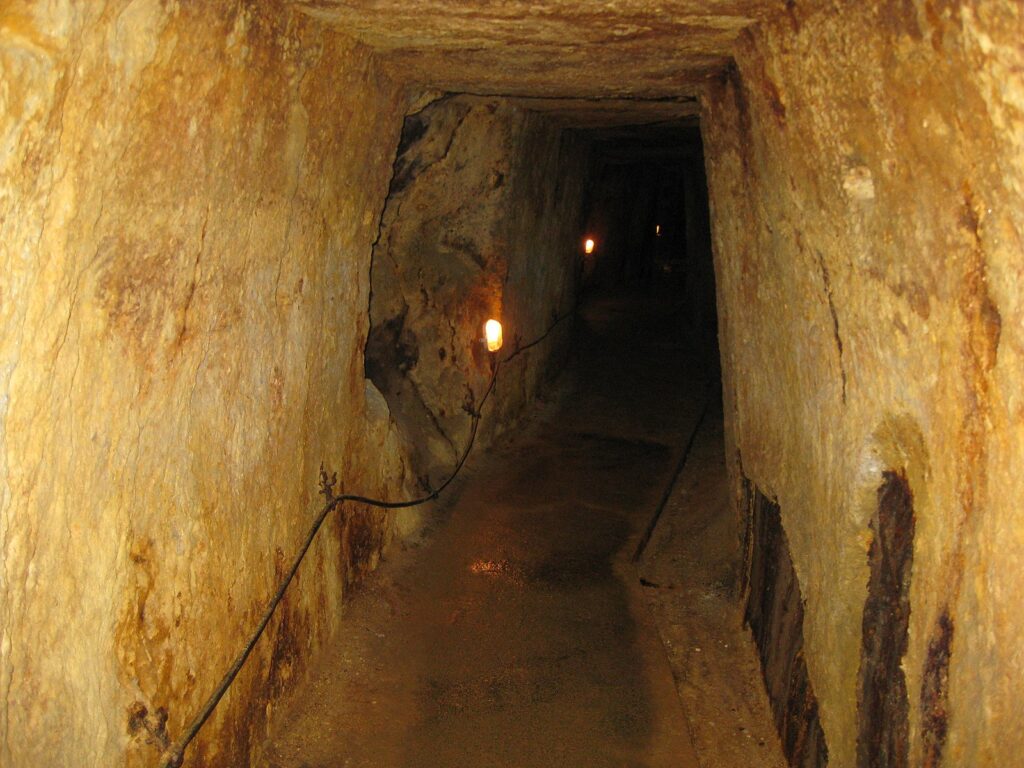
Water Mills
Milling also underwent a significant technological advancement resulting in the water mill, a technology that created more energy output than any other form of power known to antiquity.
Though limited by its cost to build and requirement of a fast-flowing river, there is no doubt that the invention of the water mill was one of the Roman world’s greatest developments, hugely decreasing the labour cost of milling, a critical stage in food production.
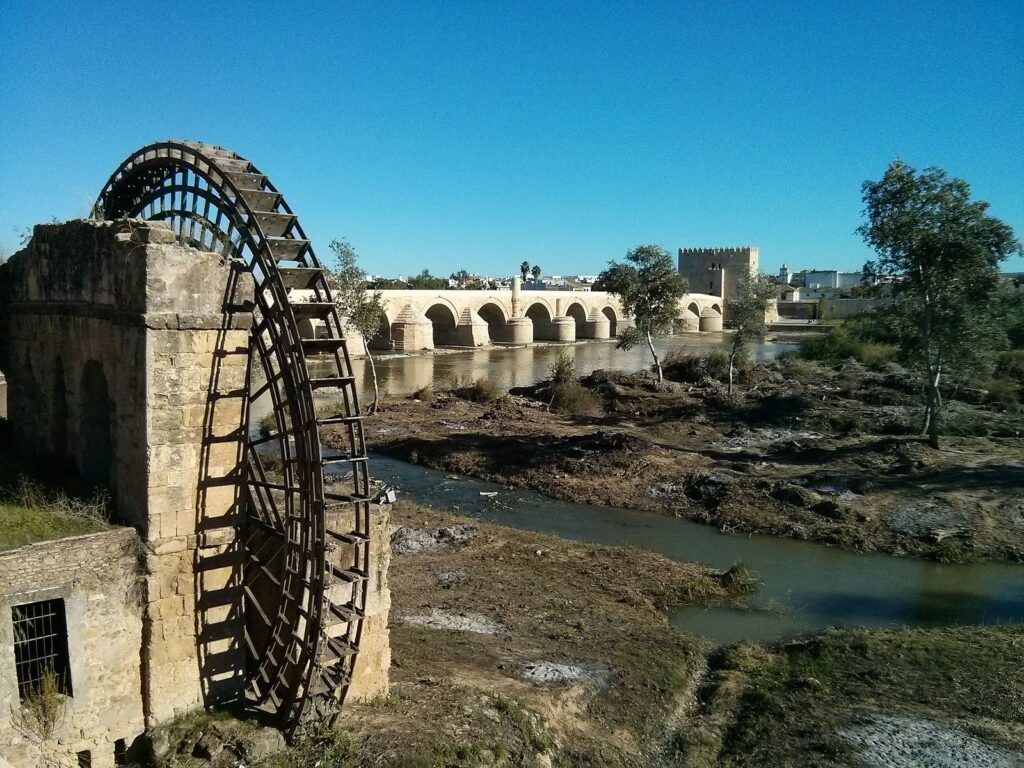
This greatly facilitated greater population growth, allowing for more efficient and scalable production of food.
The Pantheon
Less of a general technology and more a specific spectacle, the Pantheon stands as Rome’s most architecturally ambitious achievement, representing the pinnacle of Roman concrete technology.
Completed around 128 AD under Emperor Hadrian, this temple features to this day the world’s largest unreinforced concrete dome, spanning 142 feet in diameter. The dome’s construction required revolutionary techniques, including the use of progressively lighter aggregate materials from bottom to top and a complex system of relieving arches.
With a long history, the Pantheon was one of the earliest pagan temples to be converted to a Christian church, hosts the graves of many infamous Roman and later Italian kings, poets, and artists, and is one of the best preserved Roman buildings in existence.

Bringing Advancements to the Wider World
Technology is not some magic bullet, a secret recipe that appears in one instance to change the world. For most of history, technological advancement was slow, sporadic, and vulnerable to changing power structures or adversarial religions or cultures.
Rome’s technological developments did not happen overnight, nor did they come solely from the minds of Roman architects. Rather, they were built upon a long history of ancient developments.
By becoming a melting pot Empire, encompassing northern Europe to Greece, Iberia to the Middle East, the Roman Empire benefited from exposure to many different cultures and ideas. The Empire’s infrastructure and longevity provided excellent opportunity for development, but more importantly the application of discoveries.
While Greek philosophers or Persian inventions may have been more innovative or numerous, few civilisations have overseen the implementation of new technologies across a vast population, bringing the theoretical to the practical.
Articles you may also like

Smoking Snakes: Brazil’s Forgotten WW2 Fighting Men
Reading time: 12 minutes
One of the most unusual forces ever to join the fighting in Europe: the 25,000 Brazilian soldiers and pilots of the Brazilian Expeditionary Force. An idea born out of political necessity, the “Smoking Snakes” played a brief, important, and fascinating role in the fighting in Europe.

General History Quiz 181
1. Which country manufactured the largest battleships ever made?
Try the full 10 question quiz.

General History Quiz 118
1. When was the First Anglo-Afghan war fought?
Try the full 10 question quiz.
The text of this article was commissioned by History Guild as part of our work to improve historical literacy. If you would like to reproduce it please get in touch via this form.





